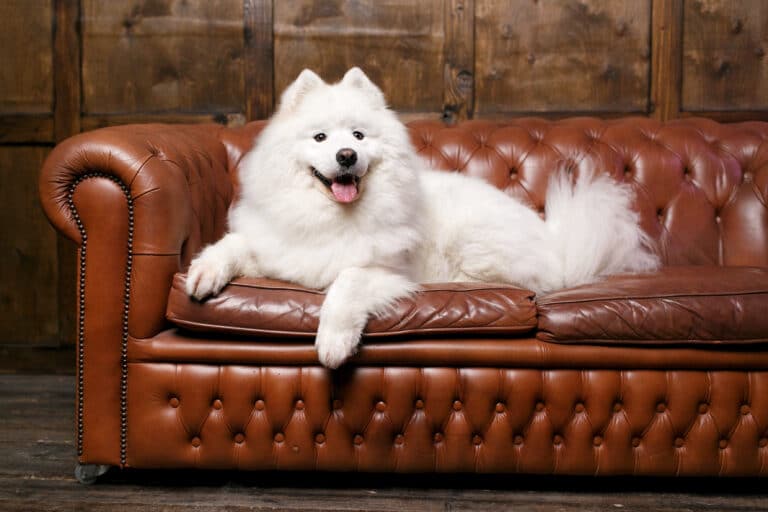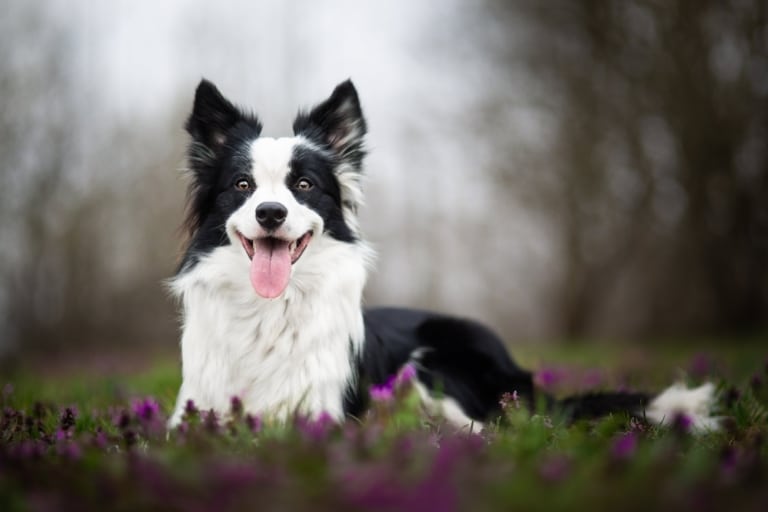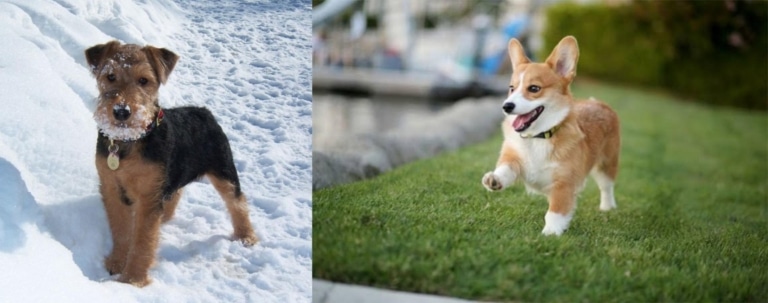Northern dog breeds are a unique group of animals that have adapted to life in some of the most extreme conditions on the planet. These breeds have evolved in harsh winter conditions, often in areas where temperatures can drop below freezing points. Their physical characteristics and behavior reflect a unique adaptation to the cold climate.
The cold regions where these dogs live are characterized by long, dark winters, abundant snow, and frequent ice storms. Such a climate requires special physical attributes and survival skills from the animals. Northern dog breeds have dense waterproof fur that protects them from the cold and moisture, as well as a specific body structure that provides them with effective heat retention.
The most well-known northern dog breeds include Siberian Huskies, Alaskan Malamutes, Samoyeds, Norwegian Elkhounds, and Greenland Dogs. Each of these breeds has its own unique history and specifics. For example, Siberian Huskies are known for their speed and endurance in dog sledding, while Alaskan Malamutes are renowned for their strength and ability to carry heavy loads. Samoyeds, with their characteristic white fur, were used as reindeer herders, while Norwegian Elkhounds and Greenland Dogs have a long history of working in the extreme conditions of the Arctic.
Physical Features and Adaptation of Northern Dog Breeds
Northern dog breeds, such as Siberian Huskies, Alaskan Malamutes, Samoyeds, Norwegian Elkhounds, and Greenland Dogs, have unique physical features that allow them to effectively adapt to extremely cold conditions.
Siberian Huskies: These dogs are known for their thick double coats that protect them from frost. Their eyes often have a bright blue color, which is a characteristic feature of the breed. Huskies have a compact physique and enduring legs, perfect for long races in snowy conditions.
Alaskan Malamutes: They have even denser and stronger fur compared to Huskies, allowing them to withstand even more severe climatic conditions. Malamutes have a large, powerful build, capable of carrying heavy loads over long distances.
Samoyeds: Their hallmark is white, fluffy fur, which not only protects them from the cold but also reflects sunlight, preventing overheating. These dogs have a playful and friendly character, but are also resilient and strong.
Norwegian Elkhounds: Known for their thick fur and strong paws, ideally suited for moving through snow. Elkhounds possess specific agility and endurance necessary for hunting in cold regions.
Greenland Dogs: These dogs have a massive build and large paws, making them ideal for working in Arctic ice conditions. They possess high endurance and strength, necessary for transporting loads over long distances in harsh conditions.
Each of these breeds has developed unique adaptations that allow them to survive in cold climatic conditions.
Roles and Uses of Northern Dog Breeds
Northern dog breeds play a significant role in the lives of people, especially in the cold regions of the world. Their unique physical and psychological attributes make them indispensable in various areas.
Working Dogs: Many northern breeds, such as Alaskan Malamutes and Siberian Huskies, have traditionally been used as working dogs. They can pull heavy loads over long distances in snow and ice conditions. Their stamina and strength make them ideal for tasks such as transporting provisions and equipment to inaccessible areas.
Sport: Dog sledding is a popular sport in many cold regions. Dogs participating in sled races must be not only fast but also enduring. Siberian Huskies and other northern breeds often participate in such races as the famous Iditarod.
Rescue Operations: In extreme cold conditions, northern dog breeds are often used in rescue operations. Their ability to navigate well in snowy wastelands and endurance make them indispensable in searching and rescuing people lost or in trouble in mountainous or Arctic regions.
Everyday Life: In many harsh winter regions, northern dog breeds are a part of everyday life. They not only help in work but also serve as loyal companions and family members. Their sociability, intelligence, and loyalty make them wonderful pets.
These examples partially reflect the importance of northern dog breeds in various aspects of human life. Their adaptation to extreme conditions makes them irreplaceable assistants in many areas, from sports to rescue operations.
Dogs are wonderful animals that never cease to amaze us with their diversity and features.









